Lessons from the Oldest Radiologist in the Department
What I’ve learned in 42 years of Radiology,
50 years in Medicine and
68 years of Life
07 21 2020
This may be the most important lecture of my career and it is given at a time when some among you are just starting out in your careers, so some of the mistakes I have made and lessons learned will be available as you start out
Why Have I Not Retired?
I was wondering why at my age most my school friends are retired and why the thought of retirement does not even enter my head
And I realised that my work and my home life are integrated and have the same purpose – to live a full and meaningful life
And I wondered what made me like this?
And I realised I had amazing role models and teachers
I’d like to tell you about some of them and maybe you can use some of these as hand me downs and or to inspire you in the same way they have inspired me. I think this is what teachers are about – inspiring people using prior lessons. We always stand on the shoulders of giants!
Before I do that
Declaration
My personal issues/weaknesses/deficiencies
An inability to read, understand, recall, has plagued me my whole life
Details therefore elude me
Not good for an exam intensive life of a medical student and a life dedicated to reading and learning
-
Teacher #1
-
Fear of Failure
-
Bacteriology Course 1971 – No Computers
-
Feverish Note taking -Useless Big Mess

-
So the fear of failure was the mother of invention and forced me to work out another way
-
Discovered Cataloguing, Frameworks, and Patterns
-
-
Template for Notes
-
Name of Organism
-
Classification
-
Size
-
Shape
-
Growth Characteristics, Culture Medium
-
Staining
-
Disease /Systems/Organs
-

Organized Thinking -
Lesson
-
Mental Organization
-
Create a framework based on principles of the project
-
(Just like a library makes sense of the breadth of content of books)
-
-
Add the detail to the framework and the information starts to make sense
-
-
-
-
-
Teachers #2
-
Richard and Stella Van Praagh
Pediatric Cardiac Pathologists
Children’s Hospital in Boston 1978 -

Richard Van Praagh MD 
Stella van Praagh MD -
Lessons
-
Beauty of Structure
-

Tricuspid VAlve -
Approach to the Evaluation of Structure
-
Segmental Approach to Complex Congenital Heart Disease
-
Importance of Segmental and Sequential thinking to solve problems
-
-
Structure is made of Parts and Bonds and they have to work together perfectly for health
-
Congenital heart disease occurs when there is a disorder of either the parts or the way they are bonded together
-
-
-
-
Application of
Segmental Thinking and Sequential Thinking to
Structural Evaluation in Radiology
Assessment of Structure is
Elemental
In Essence, We Always Have to Make 1 of Three Decisions
Normal /I Don’t Know/Abnormal
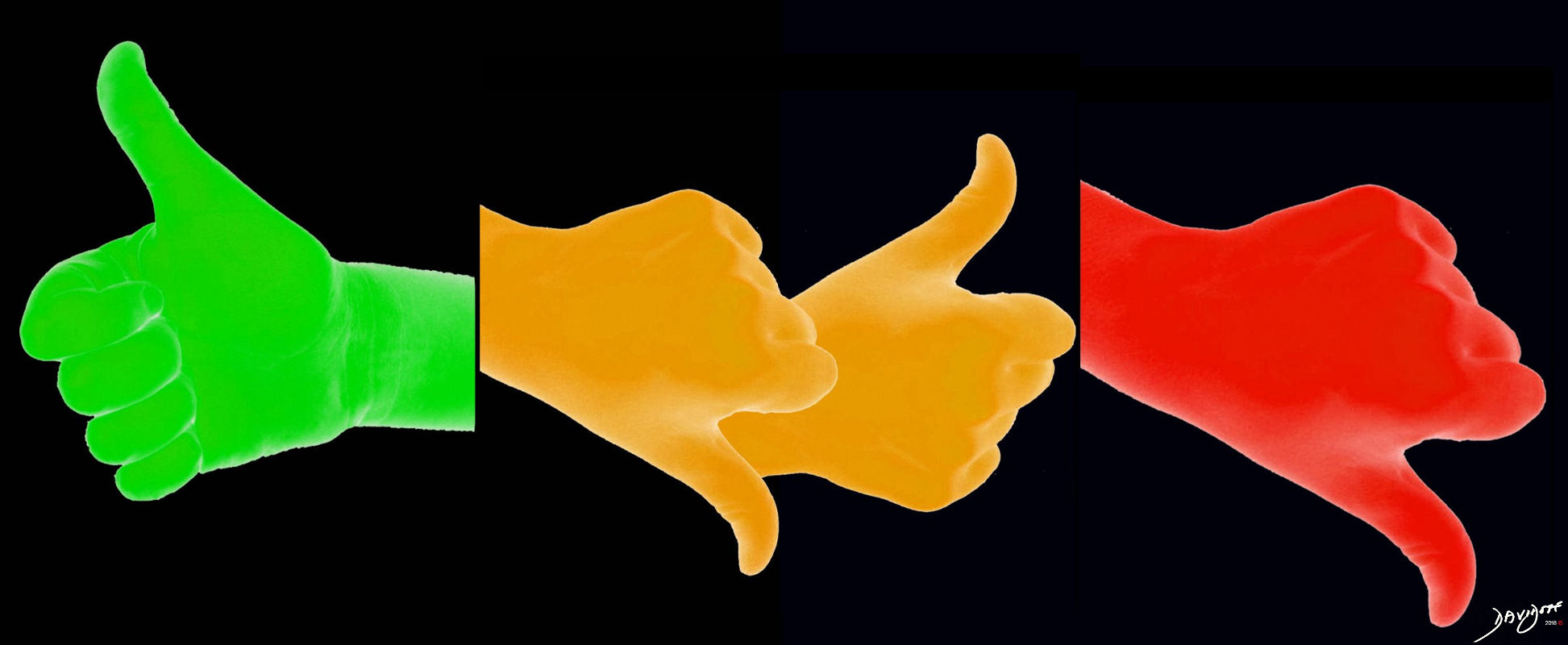
Every minute of our day we are being asked-
What do you think of this structure
eg the lesion in the liver?
-
-
-

HCC Arterial Phase -
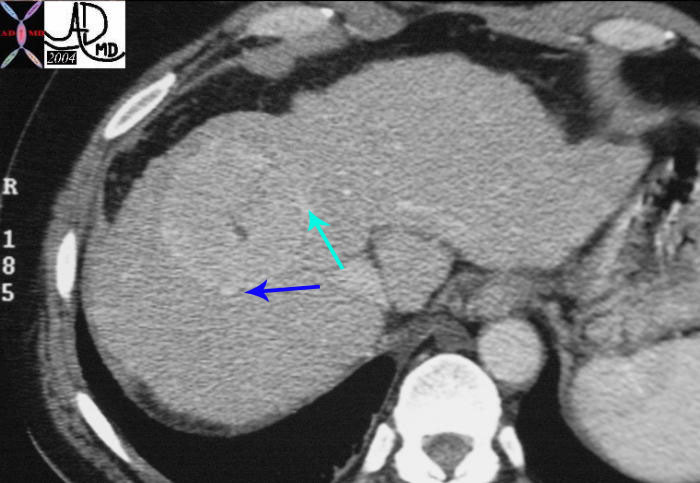
This image shows a vascular hepatocellular carcinoma in a cirrhotic liver, situated in segment VIII of the right lobe of the liver, between the middle hepatic vein (teal) and the right hepatic vein (royal blue). liver hepatoma right hepatic vein middle hepatic vein segment 8 segment VIII right lobe HCC hepatoma CTscan Courtesy Ashley Davidof MD Copyright 2009
-
-
-
Segmental Thinking (aka Templated Thinking)
-
Approach to the Analysis of all Structure
-
Parts
-
Size
-
Shape
-
Position
-
Character
-
Time – How did it change with time?
-
-
Based on this evaluation the most likely diagnosis is HCC
-
And Now What?
-
-
-
Sequential Thinking ie Connect the Dots
-
-
In order to connect the dots we have to think both anatomically and pathologically
-
-
In the Liver
-
If this is HCC Then…
-
Sequential Anatomical Thinking for HCC
-
Multicentricity
-
Invasion Portal veins

-
Invasion Hepatic veins?

-
-
And if there is IVC is there RA?
-
And if there is RA is there PE
-
And if there is RA – 30% of adults have a PFO – is there peripheral systemic embolisation
-
So look at the kidneys – since they have 20% of CO
-
and look at the spleen because it is easy to see infarcts
-
Keep on going until you have exhausted connecting the dots
-
-
Sequential thinking outside the lesion and then outside the liver
-
Is there cirrhosis (parts/s/s/p/c/time of the liver)
-
Liver is connected to the
-
Spleen -via the portal vein – portal hypertension
-
Lungs – via IVC Mets
-
Breasts Gynecomastia via hormones
-
Bone via Nutrition (alcoholic) – osteoporosis
-
-
-
Teacher #3
-
Sherlock Holmes (AUR 1980)
-
Collection of Quotes relevant to Diagnosis and Radiology
-
On Sequential Thinking
-
“Not invisible but unnoticed Watson.You did not know where to look so you missed all that was important.”
-
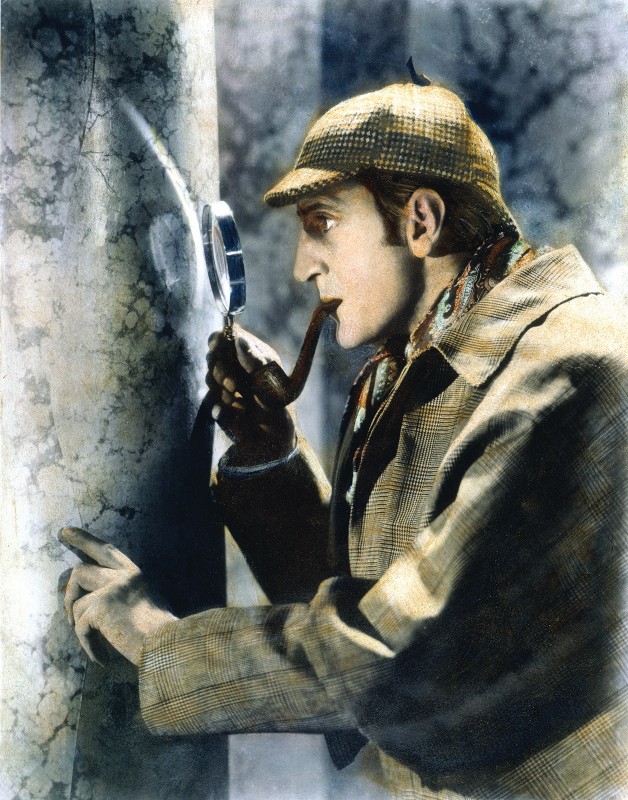
Encyclopedia Britannica -
Other Examples of Sequential Thought
-
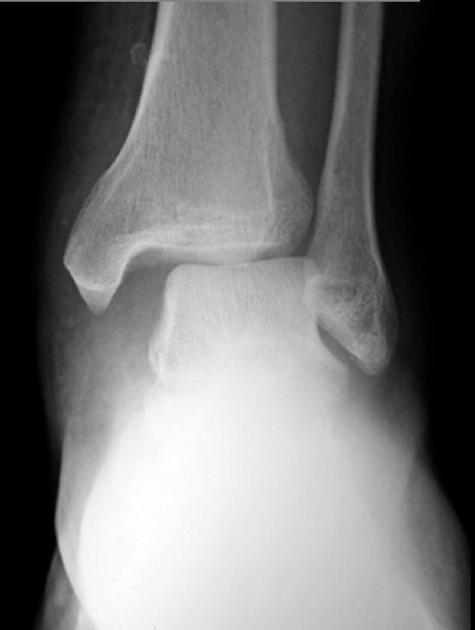
Ankle views show widening of the medial ankle joint space due to deltoid ligament injury, as well as widening of the distal tibiofibular syndesmosis. When these ankle injury types are seen without a fracture of the lateral malleolus, further imaging of the entire fibula is recommended.
Courtesy Radiopedia -
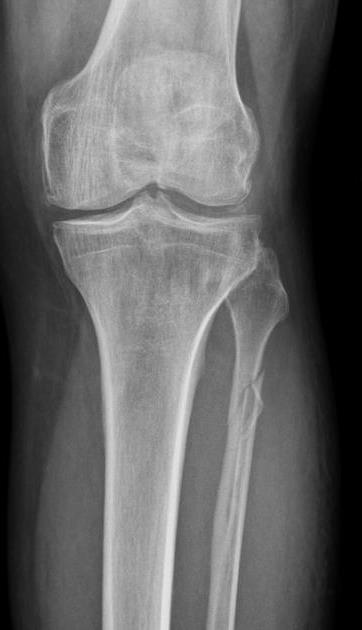
The Maisonneuve fracture is defined by the above findings plus a proximal fibular fracture (high Weber C), usually in the proximal third
Courtesy Radiopedia -
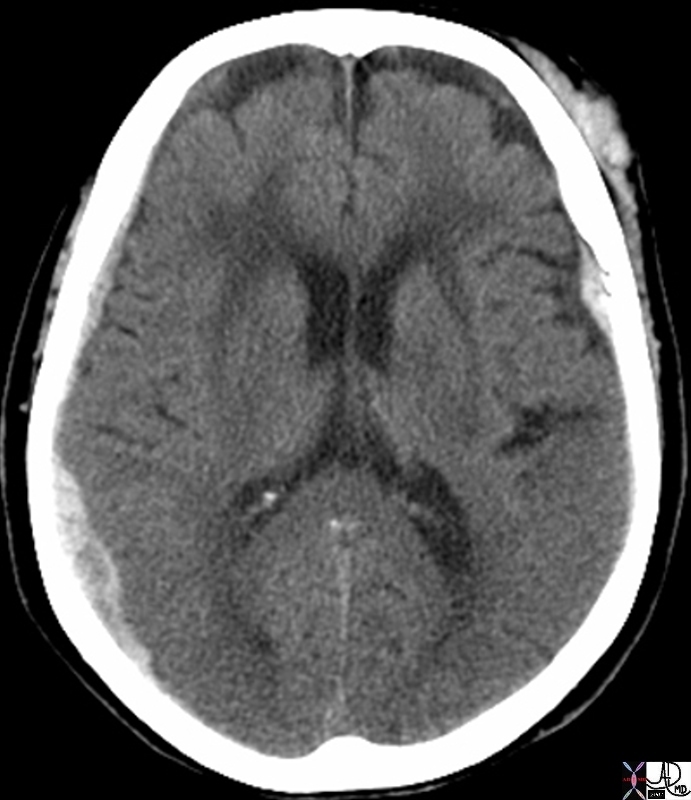
Bilateral Subdural Hematomas In this patient the non contrast CTscan reveals small bilateral subdural hematomas . In the left frontal region there is a subgaleal hematoma and underlying the hematoma there is a small hyperdense subdural hematoma in the region of the Sylvian fissure. A contracoup injury manifesting also as a subdural hematoma is seen in the right posterior parietal region. There are linear hyperdensities overlying the frontal lobes bilaterally that may represent small acute hemorrhages as well. skin brain cerebrum cerebral subcutaneous subdural contra coup fx acute blood fx density dense subdural hematoma subcutaneous hematoma trauma subgaleal hematoma radiologists and detectives CTscan Davidoff MD 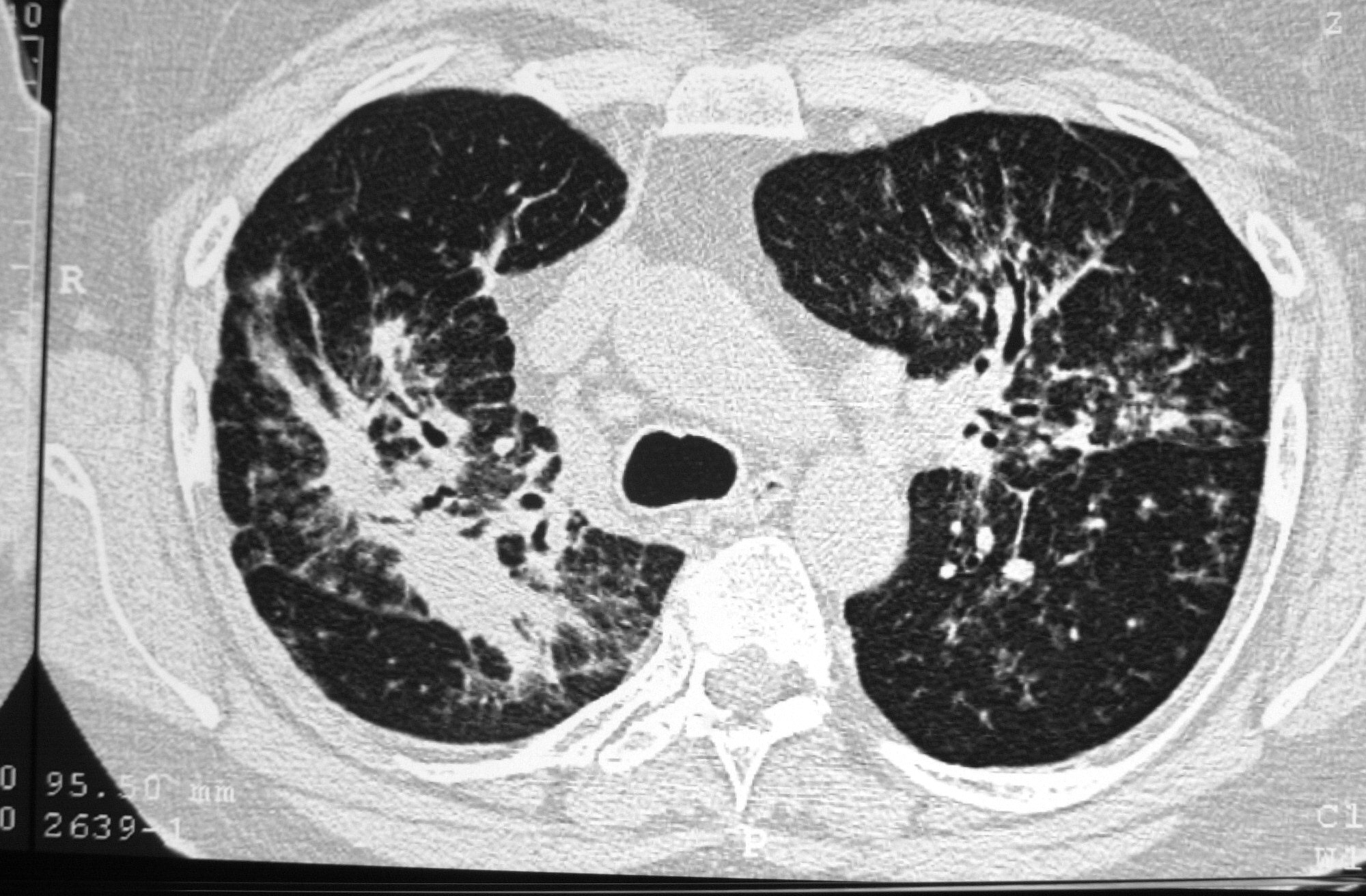
- Fissural Involvement Confluent Upper Lobe Predominance = Sarcoidosis
-
So Applying Segmental Thought and Sequential Thought to your Impression in your reports
-
Question 1
-
-
And then your report can follow segmental and sequential thinking
-
65 year old female presents with ahistory of cirrhosis for evaluation
-
- Thumbs down
-
There is a liver mass
-
(size shape position character time)
-
5cms, round, segment 7, arterial enhancement grown since previous
-
Most likely HCC complicated by………connect the anatomic and pathological dots
-
-
Teacher # 4
-
My Mother
-
-

-
Joyce Stein Davidoff
-
Segmental and Sequential Action
-
And Mastering a Skill
-
Any Skill –
-
for example
Music, Dance, Golf , Clinical Exam, X-ray Inetrpreation, IR procedure
Context – competitive Flamenco dance about 1962
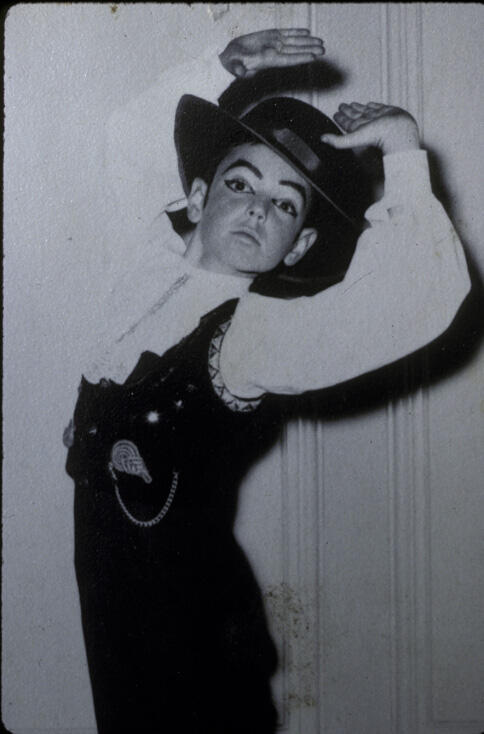
-
-
-
Define the Parts of the Skill (Dance Steps)
-
Ensure a Fluid and Logical Sequence to the steps (connect) The Dance
-
Practice Practice Practice and Practice Again
-
Game Time – Time to bring Your Best (True Self) to the Table
-
-
-
-
-
For the Pianist
-
Notes Scales and Music
-
-
Notes (Parts)
-
Scales (Enables Fluency in Sequence)
-
Practice, Practice, Practice, Practice
-
-
Music
-
Game Time
-
-
And so it is in golf, surgery, music, poetry, literature and at any time a skill needs to be learned and mastered
-
parts (segmental aspect)
-
bonds,
-
fluidity in the execution, (sequential aspect)
-
mastery
-
-
-
- 2 Cellos and Despacito
- Tom Brady does not just play the game repeatedly to get good
- He practices and practices and practices his throw and coordination with receivers until it is perfect
-

Tom Brady
(Boston Globe) -
Application to Radiology
-
-
Notes Scales and Music –
-
Example Approach to Reading the CXR,
-
Notes
-
Know the anatomy
-
-
Scales
-
Sequential method of looking that has a technique of spatial fluency and logic
-
-
Music
-
Bring it all together at game time
-
-
-
-
-
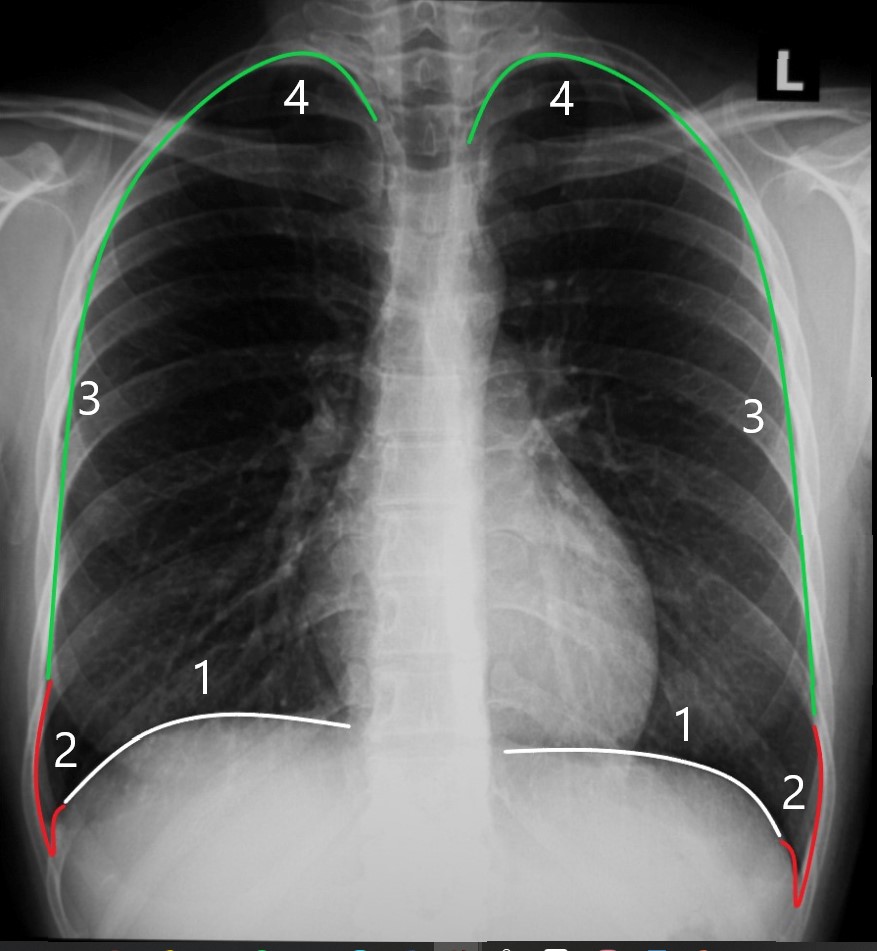

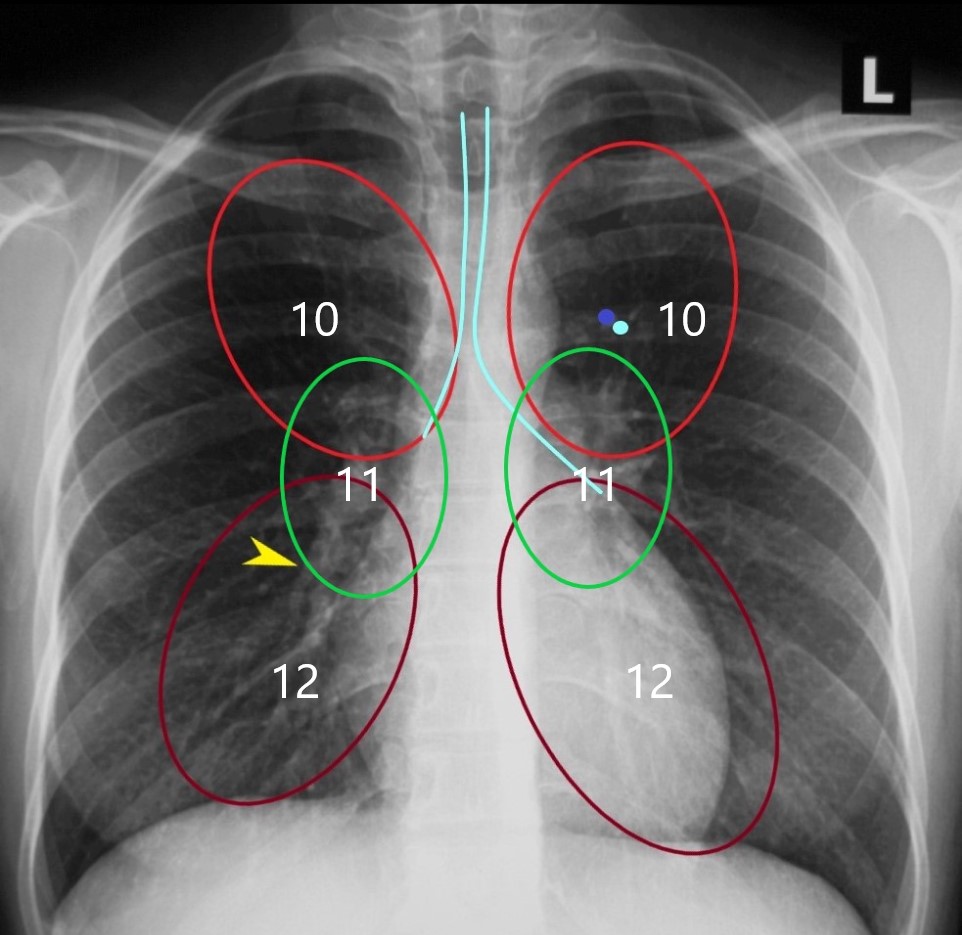
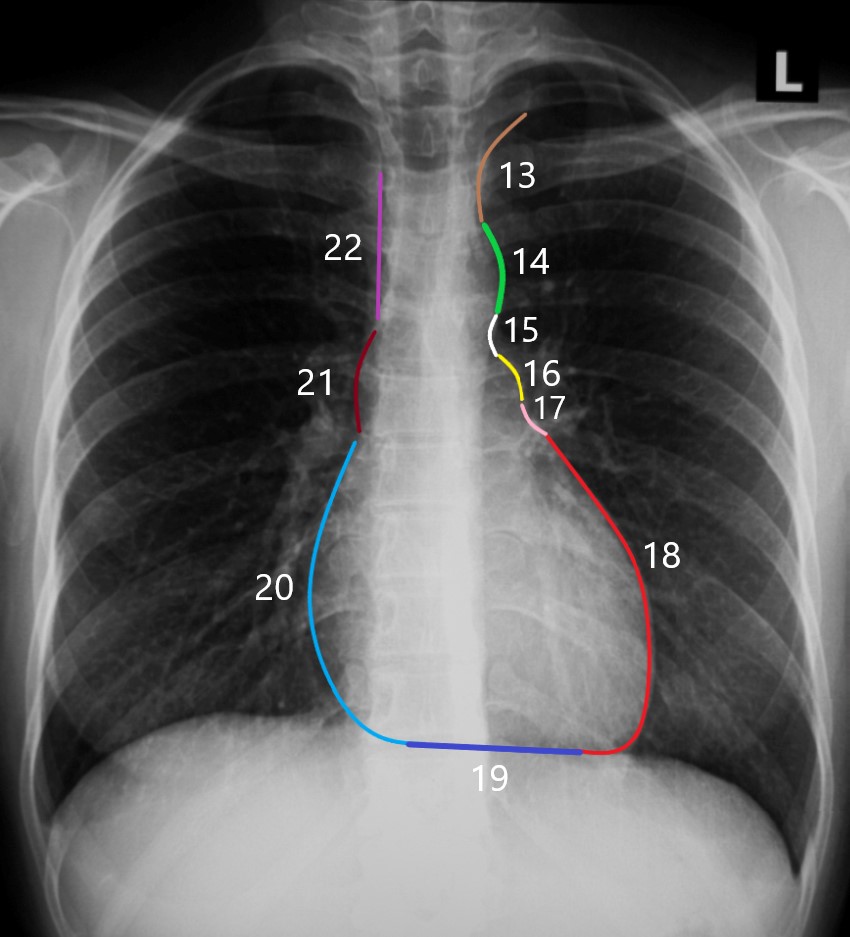
-
Teacher # 5
-
Phillip V. Tobias
- Professor of Anatomy and Famous Palaeoanthropologist
-
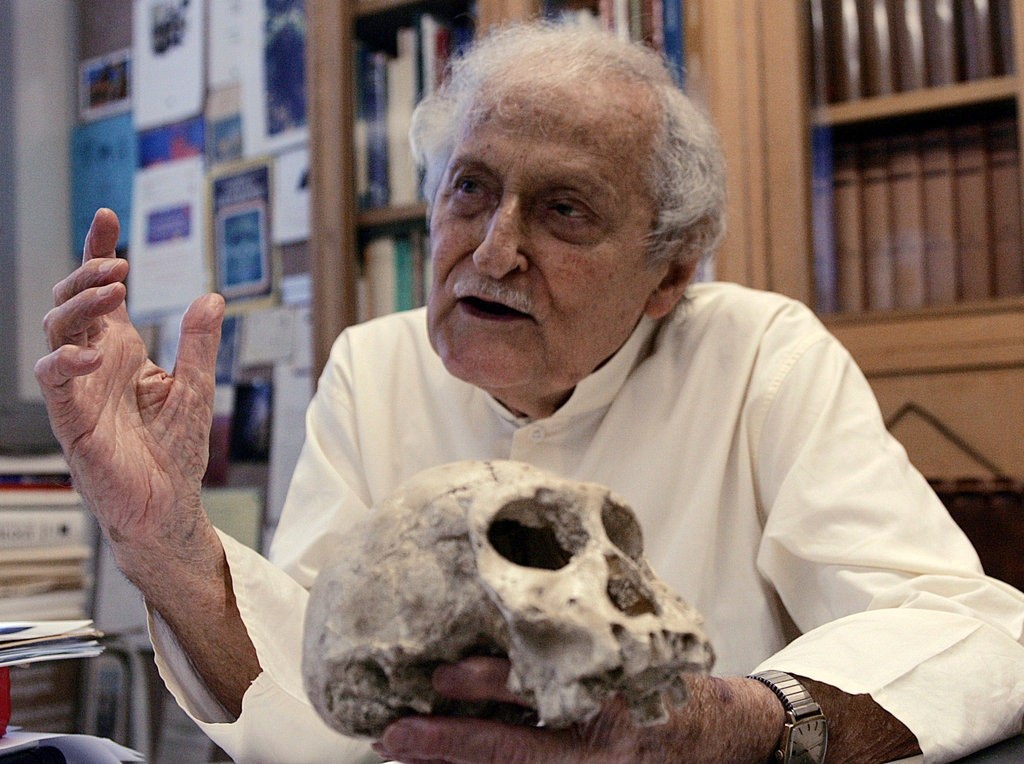
Philip Tobias
Human anatomist and Palaeoanthropologist
Courtesy NY Times -
Introduction into Anatomy 1971
-
“Before you go down to the dissection halls..
-
You will have to uncover the intact dead body who was once a living person with a family and you will be anxious, fearful and humbled…
-
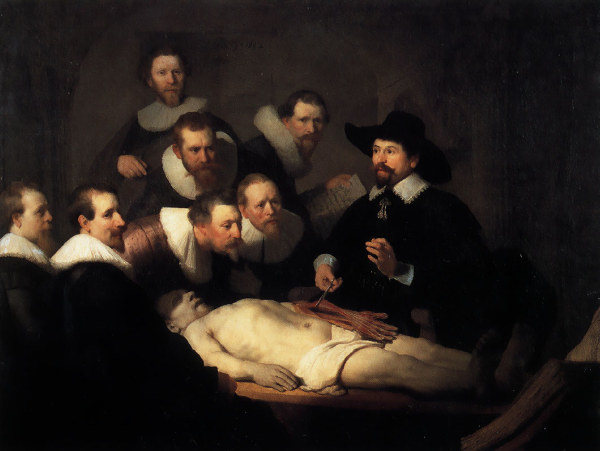
The Anatomy Lesson of Dr Nicolaes Tulp – Rembrandt 1606 – 1669 -
“And over the next year you are going to dissect the body into all its parts and its connections, and in the process totally dehumanising this person. Many of the vital parts , including the brain , heart and lungs will end up in a bucket of formalin. You will become desensitized and end up having your snacks around the body, telling jokes of the day, and forgetting the sacred privilege that you have .”
-
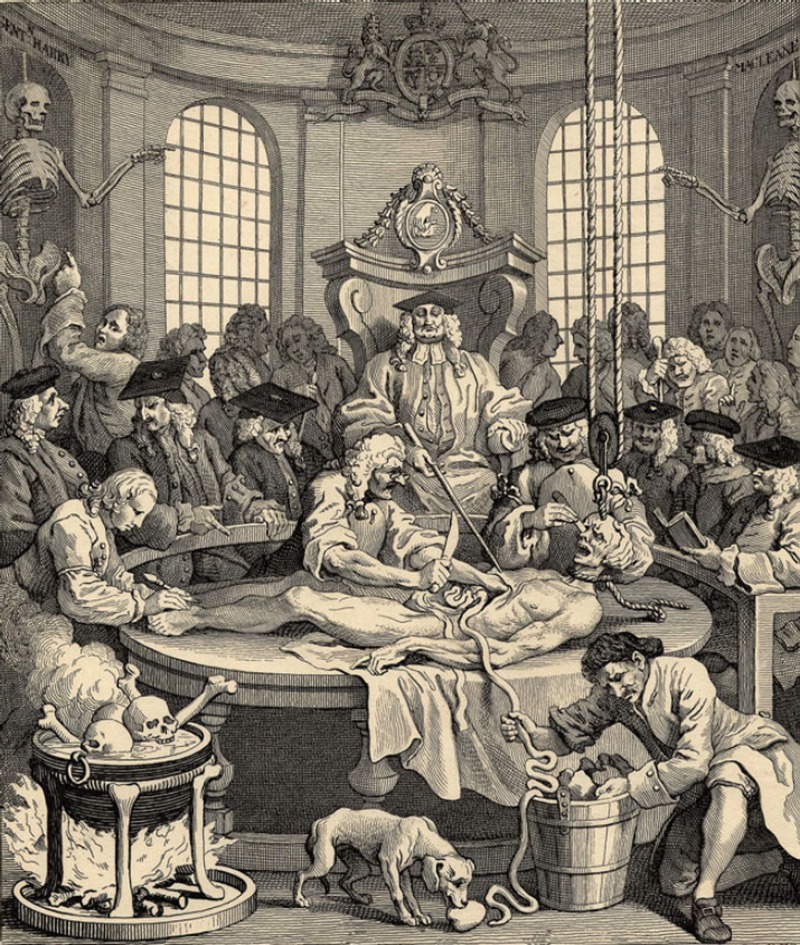
William Hogarth (1751), ‘The Reward of Cruelty’, Image Reference, S, 2. 126, Digital Image Number AN16677001, original engraving; Creative Commons Attribution-NonCommercial-ShareAlike 4.0 International License (CC BY-NC-SA 4.0) - So before you go down you will have to take the Hippocratic oath to give this former fellow being, rightful respect.
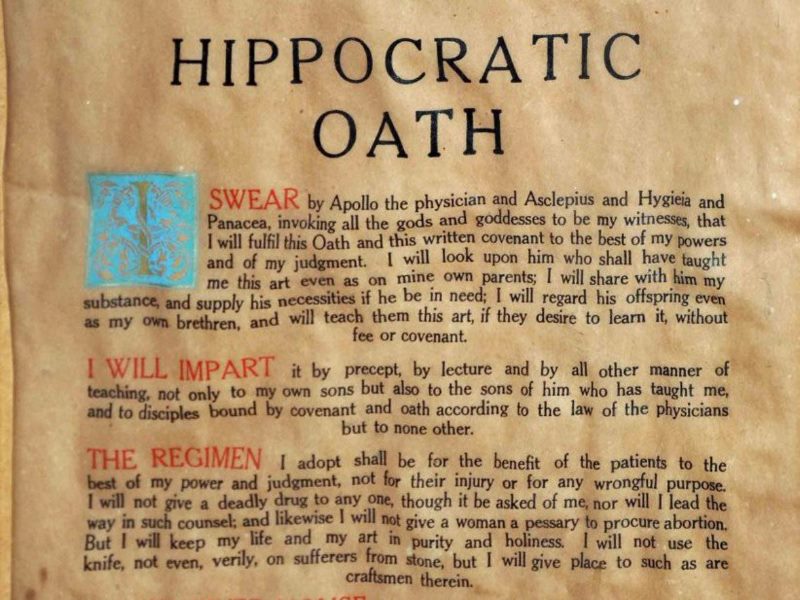
-
Application to Radiology
-
Forgetting that the X-ray is a Living Person
-
Try and Dictate the Report as If You had the Patient in Front of You and You Were Telling them the Result
-
-
We sometimes forget as we sit before the work station that there is a suffering person with a family and friends behind the image. We are doctors who have taken an oath to serve and be kind to the sick. As radiologists how we can abide by our oath as we sit in front of images remote from the the patient?
-
A full report with inclusio of past history, past imaging results and an impression that provides the story and attempts to answer the question, is the least we should be doing.
-
More Profound Lessons from Philip Tobias
-
Parts Bonds and the Wholeness of Things
-
“So by the end of the year in anatomy the body will be eviscerated skin pulled off the face – skull opened brain heart and lungs in the bucket.
-
I want you to remember the oneness that the body can attain at the height of performance“
-
The Body in Prime Function
-
‘And in in order to put this all in perspective I will present to you a performance by 2 black belt judo experts, and a pas de deux ballet duet to demonstrate the amazing capability of the body when the parts come together in peak performance”
-
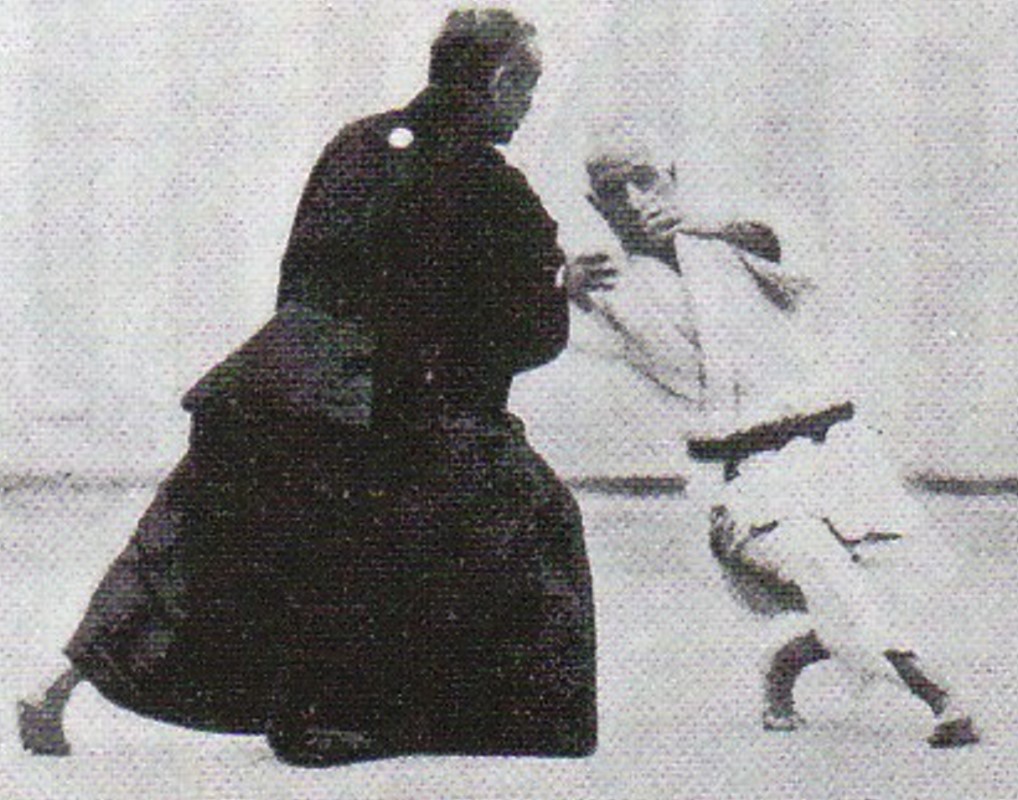
ANATOMY COMES ALIVE IN A JUDO MATCH
Kanō Jigorō and Yamashita Yoshitsugu performing Koshiki-no-kata
Public Domain -
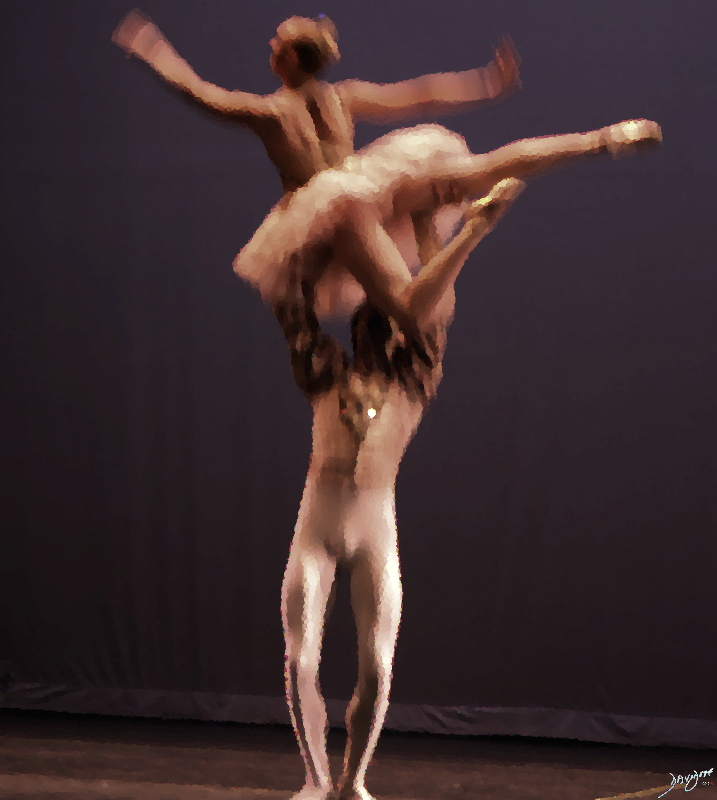
The Pas De Deux
Ashley Davidoff -
It was such a memorable inspiration and I suspect that The Common Vein seed was planted – How the parts combine to make the whole, advancing from the cell to the tissue then to the organs, and systems and finally the body.
-
Teacher #6
-
Lesson The Fox and the Hedgehog
-
Arielle our Daughter
-
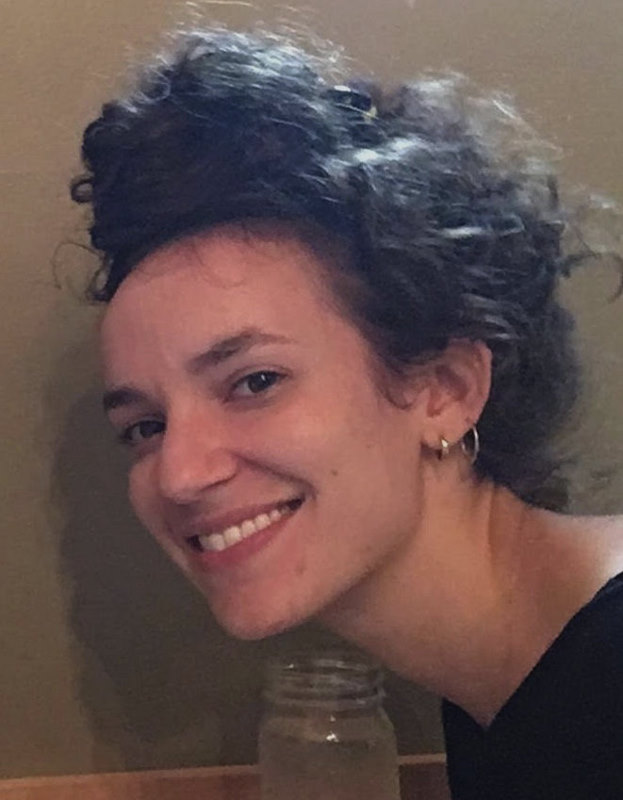
Arielle Davidoff -
My most recent profound lesson was from a single email I received about 2 weeks ago from my 28 year old daughter Arielle who taught me something about myself by referring me to the concept of
-
The Fox and The Hedgehog
-
Archilochus, 650 bce, poet
-

Archilochus
The Fox and the Hedgehog -
and this finally made me understand that I was a Hedgehog
-
because I live and breathe by following equation relating to Segments Sequences and Wholeness
-
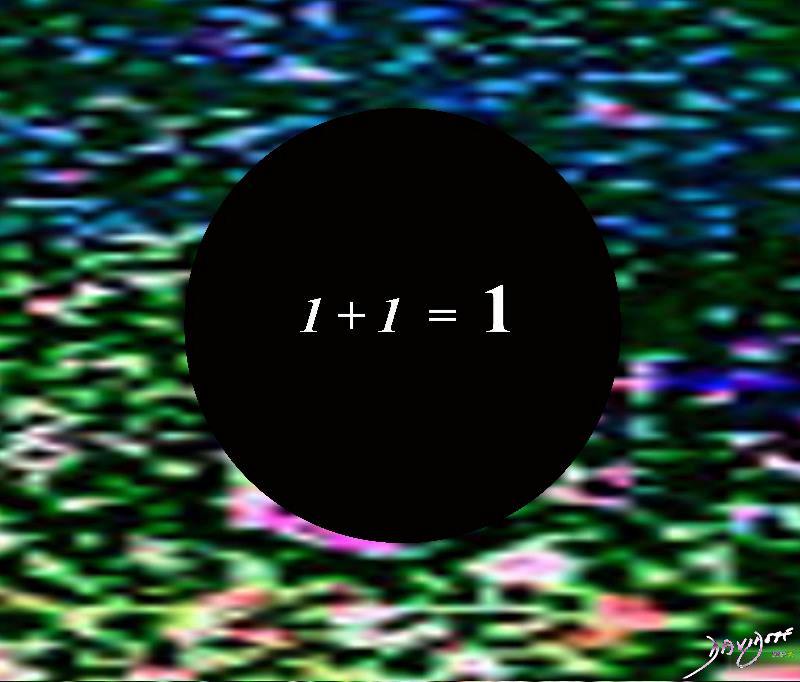
1 + 1 = 1
The Common Vein
Ashley Davidoff -
And this is the one big thing that I know
-
The Common Vein A Lifelong Project
-
Common ?
-
Everything is made of parts (segments)
-
-
Vein?
-
The Parts need to Connected
-
- See TCV Overview
See TCV 1 + 1 -
Our function in life both as doctors and as human beings is to identify when things are thumbs down in all spheres of life, and help to repair the world and bring it back to thumbs up – wholeness
-
This concept occurs and recurs again and again as seen in the body but also at a more cosmic level
-
from the smallest atom – proton
-
to the solar system and perhaps beyond and follows the concept of recurring segmental and sequential patterns
-
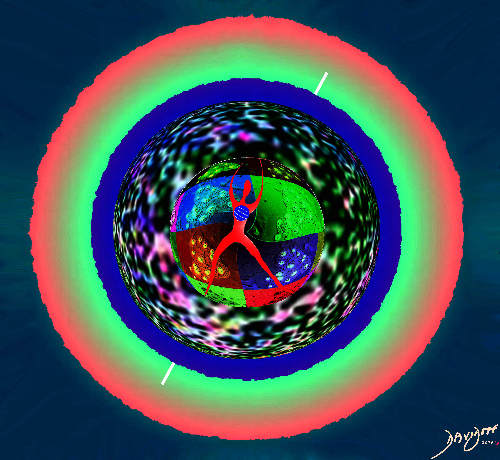
Continuum from the Proton to the Universe -
Teacher #7
-
Leonardo da Vinci-
- Leonardo da Vinci

- Da Vinci Quote
- The noblest pleasure is the joy of understanding.
-
The Noblest Pleasure is the Joy of Understanding
-
Summary
-
Teachers
-
Fear of Failure… is the Mother of Invention – Mental Organization
Segmental and Sequential Thinking Van Praaghs
Where to Look – Sherlock Holmes
Segmental and Sequential Action and the Pursuit of Excellence Mom
Being Human When there Are No Humans Around – Philip Tobias
Recognising who you are – In my case a hedgehog Daughter Arielle
Wholeness of Things Phillip Tobias
The Joy of Understanding da Vinci
-
Links and References
